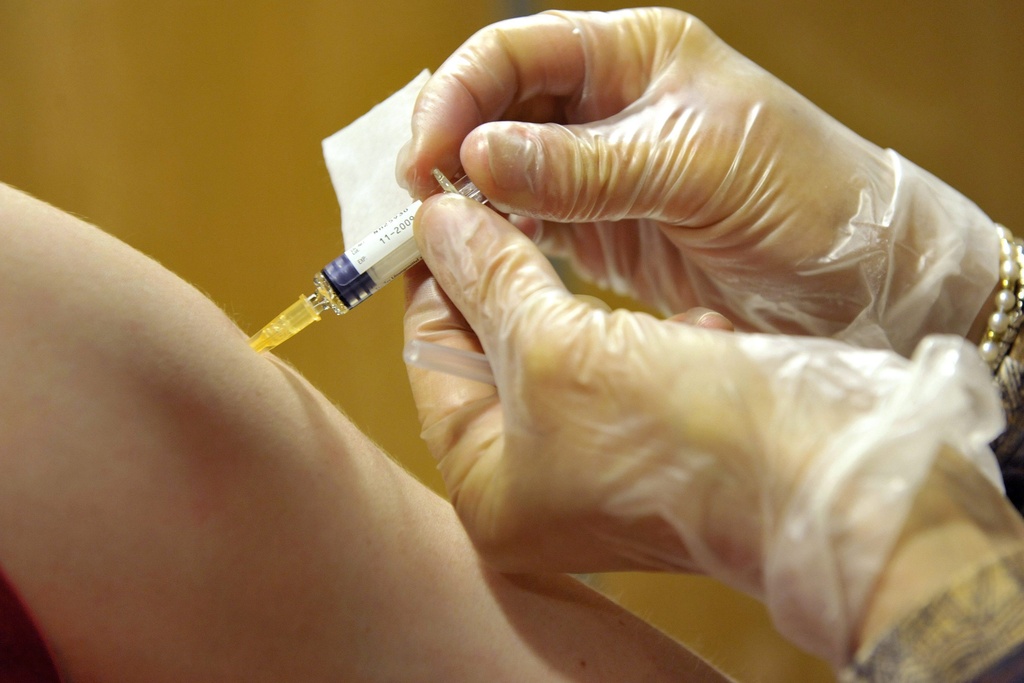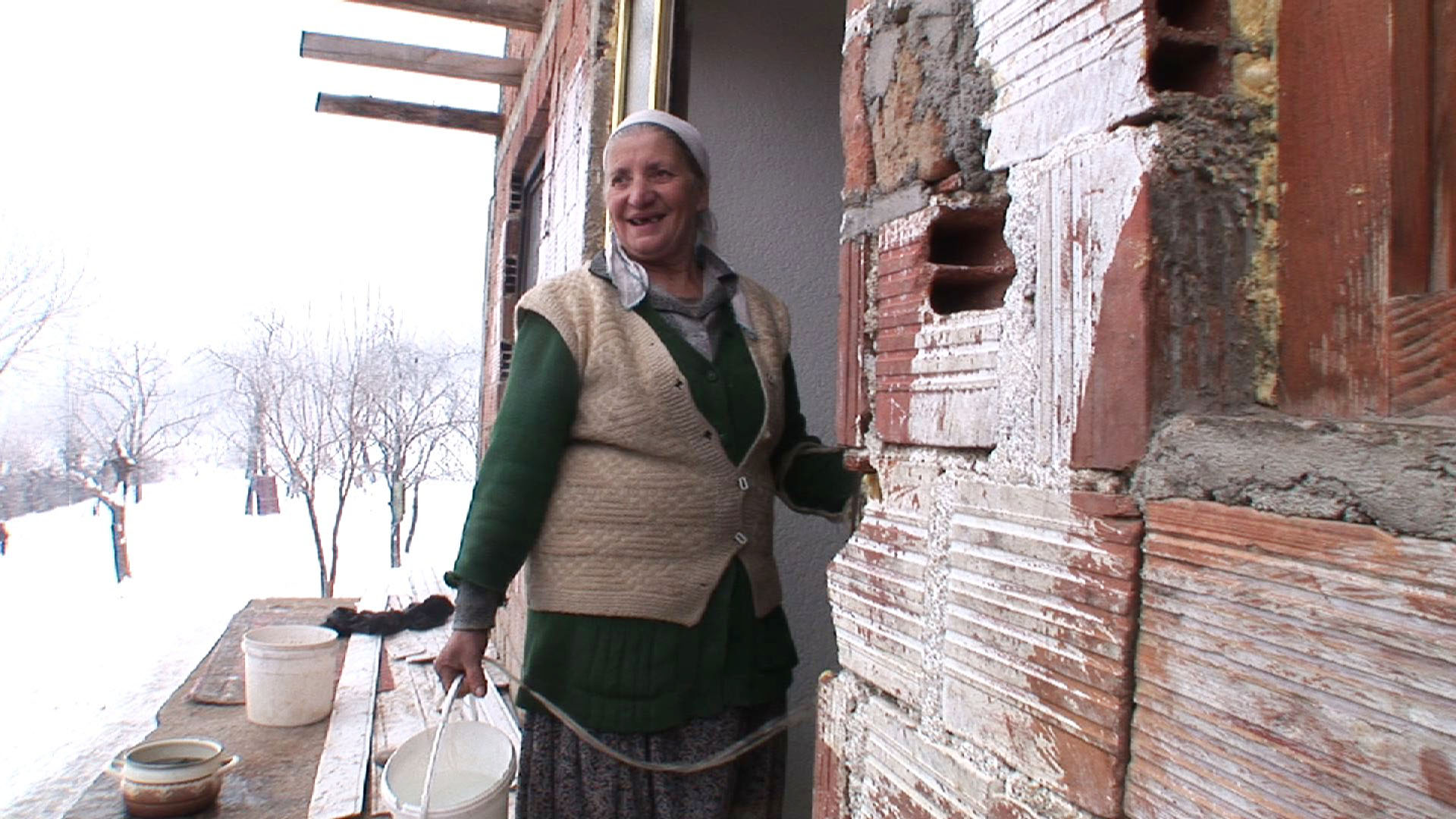Lead levels among Swiss drop sharply

Concentrations of lead in the blood of the Swiss population have fallen five-fold since the phasing out of leaded petrol in the 1980s.
In a Federal Health Office study adults were found to have 20.6 micrograms of lead on average per litre of blood (µg/l), while children had a level of 14.7 µg/l.
These results are well below the World Health Organization safety threshold of 100 µg/l, set in 1995, although some scientists claim that exposure to lead at lower levels can also be harmful.
The dramatic fall in lead levels in recent decades can mainly be attributed to the introduction of unleaded petrol in 1985, the study says.
The average concentration level for children under ten in 1980 was an unsafe 125 µg/l.
The health office called the results satisfactory. Researchers measured blood lead levels of 329 adults and 74 children connected to the university hospital of Lausanne.
Despite the small group the figures can be seen as representative for the whole country. “We know of no reason why it wouldn’t be along these lines for the whole of Switzerland,” Otmar Zoller of the Federal Health Office told swissinfo.ch.
Heavy metal
The dangers of lead poisoning have been known for a relatively long time. The Swiss first responded to the danger of water contamination in 1914 by banning the use of lead pipes in water piping. Lead paints were withdrawn in the 1950s but only specifically banned in 2003.
More than a quarter of a century of unleaded petrol has clearly been beneficial but because lead accumulates in the bone tissue and is very slow to leave the body, concentration levels are higher for older age groups, the study shows.
People over 30, who were exposed to much higher levels of lead in the air before the switch to unleaded petrol, still have relatively high levels compared to the younger generation. People over 60 have levels twice the average for children.
The petrol reform ironed out air quality differences between urban and rural areas that were reflected in previous studies in the 1980s and 1990s. Concentration levels in the urban population are no longer higher than those found among country dwellers.
Hazards
However researchers did find a clear connection between lead concentration levels and tobacco use. Smokers have on average 3.6 µg/l more in their blood than non-smokers.
Cornelis Kooijman of the Swiss Lung Association told swissinfo.ch the results showed once more the harmfulness of smoking.
“Lead is one of more than 4,000 poisonous substances that are found in tobacco. Lead is carcinogenic and long term exposure can cause damage to the brain, kidneys and the nervous system,” he said.
Hobbies such as DIY electronics, ceramic painting or shooting can also significantly increase exposure to lead, although lead is disappearing from most materials. “This is changing because lead is being phased out in soldering materials for instance,” Zoller said.
Caution
The study sounds a note of caution despite the positive results. “It should not be forgotten that lead is an enduring element in the environment and the different sources of exposure have not been exactly quantified.”
As the study could not clarify the role played by drinking water in contamination the Federal Health Office aims to return to this topic and study it in more depth.
Subjects who drank only mineral water had slightly lower blood lead levels, although the study deemed this gap “statistically non-significant”.
Drinking water sources in Switzerland are monitored and have negligible lead concentrations. Any contamination that does take place is caused by contact with materials and the longer the contact the stronger the contamination.
Therefore it is recommended to let the first litre of water that comes out of the taps in the morning flow before using the water. As it has been sitting in the piping overnight it has concentrations above the safety threshold.
The authors of the study said it was difficult to know how much lower the lead concentration levels would go, without knowing the principal sources of exposure.
The lowest levels to be found in a comparable country were in Canada, with 8.8 µg/l for children in the six to 19 age group and 15 µg/l among adults.
According to the researchers’ projections the low concentration levels now seen in North America are likely to be reached in Switzerland around 2017.
Blood lead level in test group between 2007 and 2010:
Adults average – 20.6 µg/l (men: 23.3 µg/l, women: 19.3 µg/l)
Children (under 18) average – 14.7 µg/l
Lead is a toxic metal known to be harmful to human health if inhaled or ingested.
Controls on lead in petrol have significantly reduced people’s exposure to lead.
The degree of harm depends upon the level of exposure from all sources.
Prolonged exposure induces lead accumulation in the body and may cause adverse effects on the central nervous system, on the heart and kidneys and on the blood and reproductive systems.
The type and severity of health effects depend on the level, duration and timing of exposure, as well as the age of the person exposed.
Elevated blood lead level is defined as 100 µg/l or above and is of particular concern for children. It has been associated with toxicity in the developing brain and nervous system of young children, leading to lower IQ and developmental problems.

In compliance with the JTI standards
More: SWI swissinfo.ch certified by the Journalism Trust Initiative




You can find an overview of ongoing debates with our journalists here . Please join us!
If you want to start a conversation about a topic raised in this article or want to report factual errors, email us at english@swissinfo.ch.